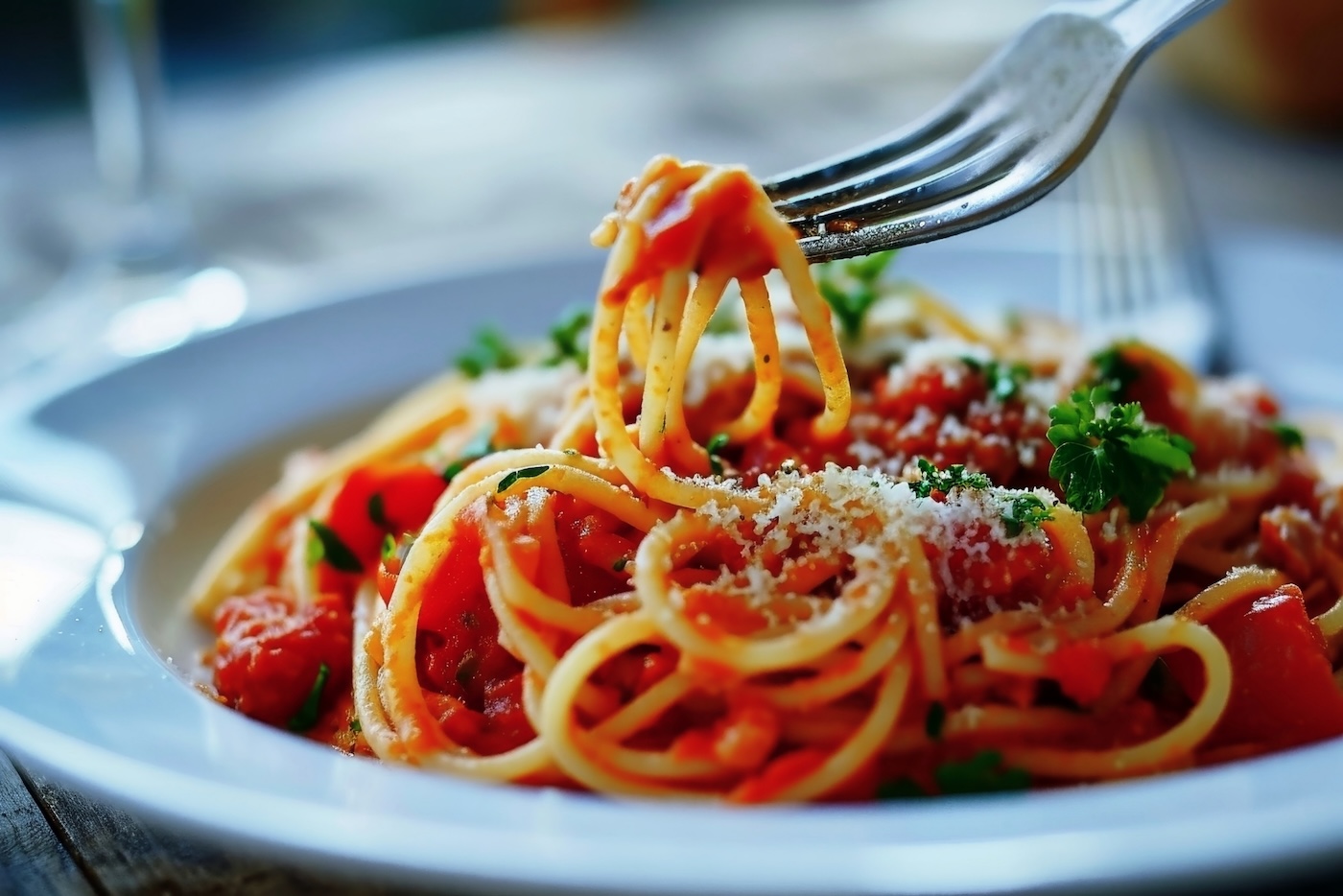
For decades, physicists have studied pasta not only as a food staple but as a fascinating object of scientific inquiry. The seemingly simple shapes and structures of pasta offer rich insights into physics, particularly in the areas of material deformation and fracture dynamics.
Pasta types like spaghetti are known for their peculiar breaking patterns—famously, a dry strand of spaghetti will rarely snap in just two pieces. This phenomenon, known as the ‘spaghetti problem,’ inspired research by renowned physicists including Richard Feynman. Recent studies continue to explore the mechanics of pasta shapes, looking at how different cooking and environmental conditions affect their flexibility and structural integrity.
By examining how pasta bends and coils, researchers aim to better understand the fundamentals of elasticity and mechanical stress. The findings have implications beyond the kitchen, potentially informing the design of flexible materials and structures in engineering and materials science.
While pasta may seem like an unlikely subject for rigorous experimentation, its predictable yet complex behavior provides an ideal model for exploring the nuanced physics of everyday materials.
Source: https:// – Courtesy of the original publisher.






